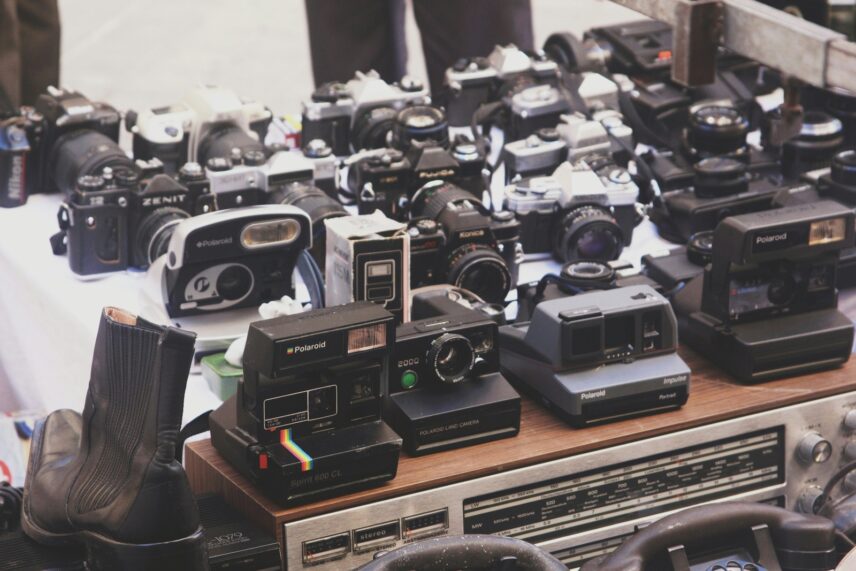
Skip to Section
In this article we will take a look at the history of photography and how it has evolved over the years and take a look at the history of timelapse.
Photography has always been a means of capturing and immortalizing moments, but its evolution has been nothing short of a miraculous technological and artistic journey.
In a world where billions of images are taken every day, knowing where this inexhaustible visual language comes from can give us a deeper appreciation for the craft, especially when we pair it with one of its dynamic offspring: timelapse.
A Glimpse Through the Lens: History of Photography
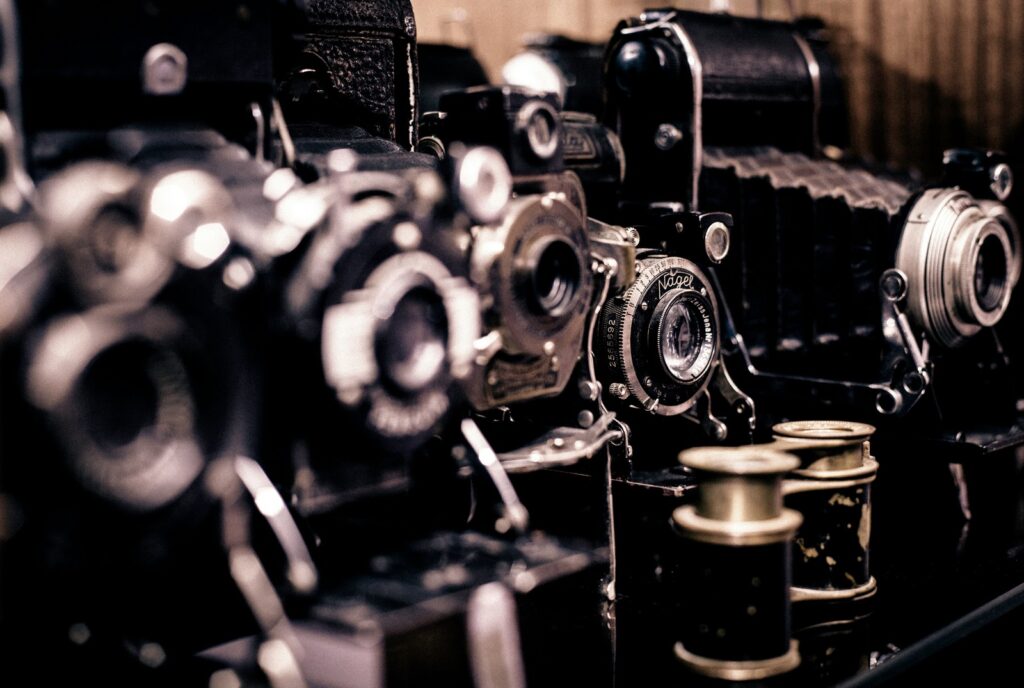
The Dawn of Photography
The history of photography is a tale that weaves through science and art.
While many consider the invention of photography to be the breakthrough in capturing a scene, the groundwork was laid centuries before by scientists and artists dreaming of freezing time.
The First Photographer
Fast forward to the early 19th century, and a series of experiments culminated in the first permanent photograph created by Joseph Nicéphore Niépce in 1826.
The exposure time for the first photograph was a staggering eight hours, a testament to the primitive state of the art.
The first photographs were of still life and landscapes, lacking in detail and quality but ground breaking in their achievement.
The Age of Portraiture
Early photographic processes included, The daguerreotype process, patented by Louis Daguerre and offering significantly reduced exposure times, brought the portrait to the masses.
The middle of the 19th century saw a rapid advancement in photography, evidenced by the documentation of the American Civil War, which provided an up-close and personal look at the grim reality of battlefields—images with a power that words alone could not command.
Camera Obscura
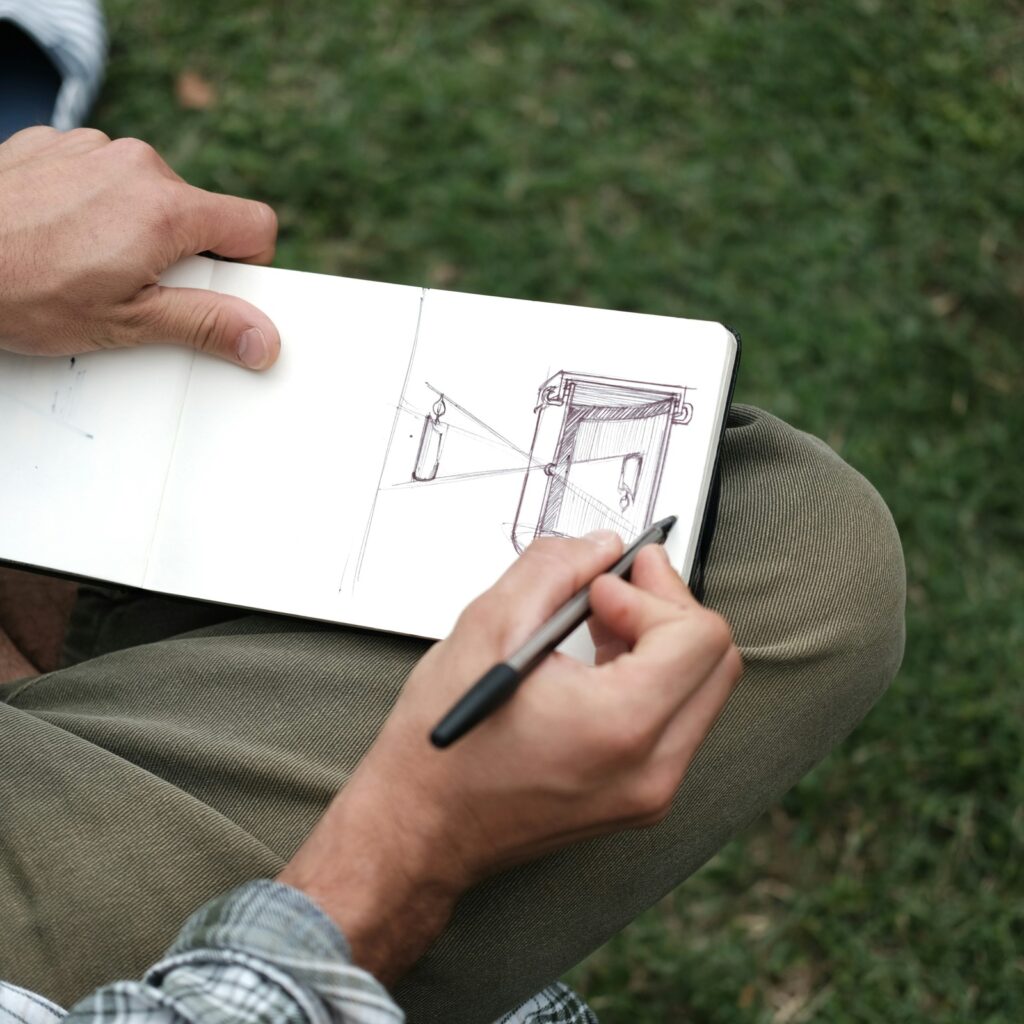
Camera obscura is a precursor to film cameras, and the concept dates back to ancient Greece.
It was a dark room where an outside image would be projected through a small hole onto the opposite wall.
The inverted image served as inspiration for early camera design, but it wasn’t until George Eastman’s landmark invention of roll film that photography could truly take off.
Early Photographic Processes: The First Camera
The first camera was invented by Alexander Wolcott in 1839, which utilized a flexible film strip and further reduced the exposure time to just a few minutes.
Camera obscura and the first camera paved the way for modern film cameras, which eventually evolved into digital cameras with advanced features and capabilities.
The Evolution of Film
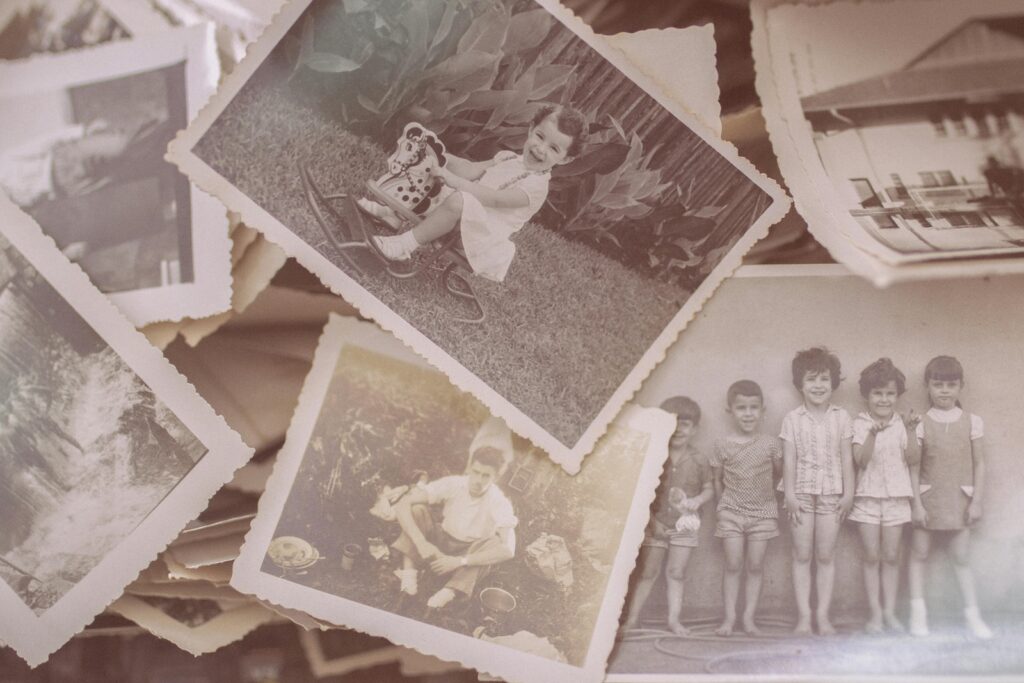
In the second half of the 19th century, George Eastman’s introduction of flexible roll film and the Kodak camera at the end of that century revolutionized the accessibility of photography.
Formaldehyde fixed the film, brought about the negative image that could be replicated, leading us into the age of film photography, where snapshots became a part of daily life.
The Turning Point: From Black and White to Colour
The next major breakthrough in photography came with the introduction of colour.
In the early days of 1861, physicist James Clerk Maxwell presented his ground breaking theory on how to capture three-dimensional colour images through the use of red, green, and blue filters.
It took several decades before the basic technology was applied practically, but eventually in 1936 Kodachrome film was introduced, paving the way for modern colour photography.
The Pixel Takes Shape: The Digital Revolution
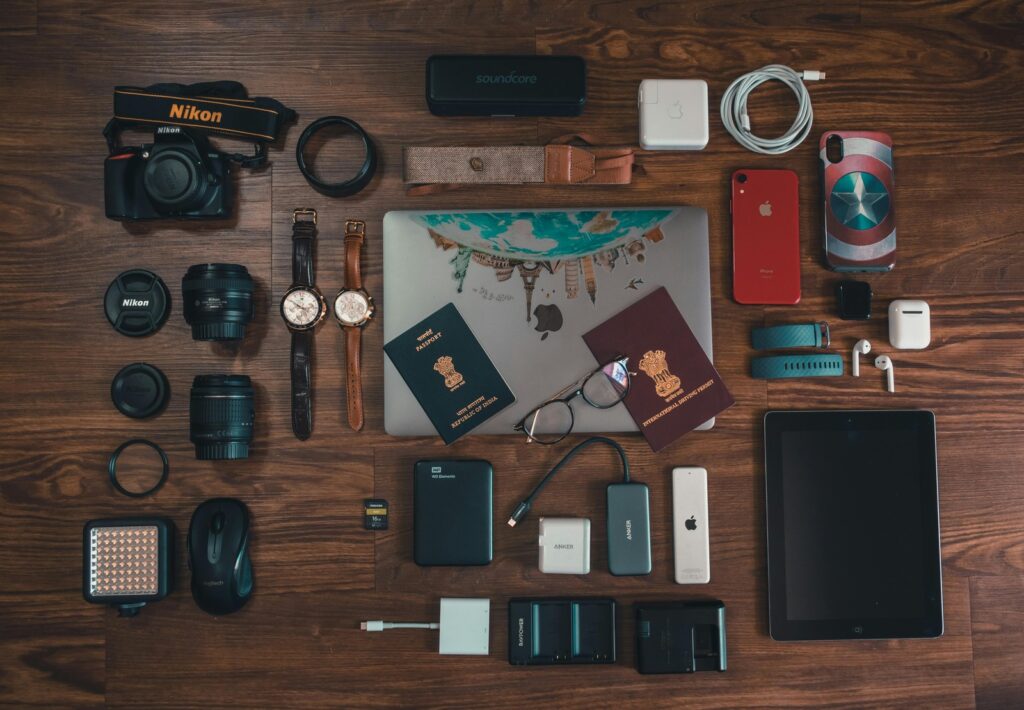
The Advent of Digital Camera Photography
While early digital camera photography experiments date back to the 1950s, it wasn’t until the late 20th century that digital cameras became commercially available.
In 1990, Adobe Photoshop 1.0 was released, changing how images were not only captured but edited and distributed.
The digital revolution was underway, and it was democratizing the modern art of photography.
Polaroid Camera: Instant Gratification
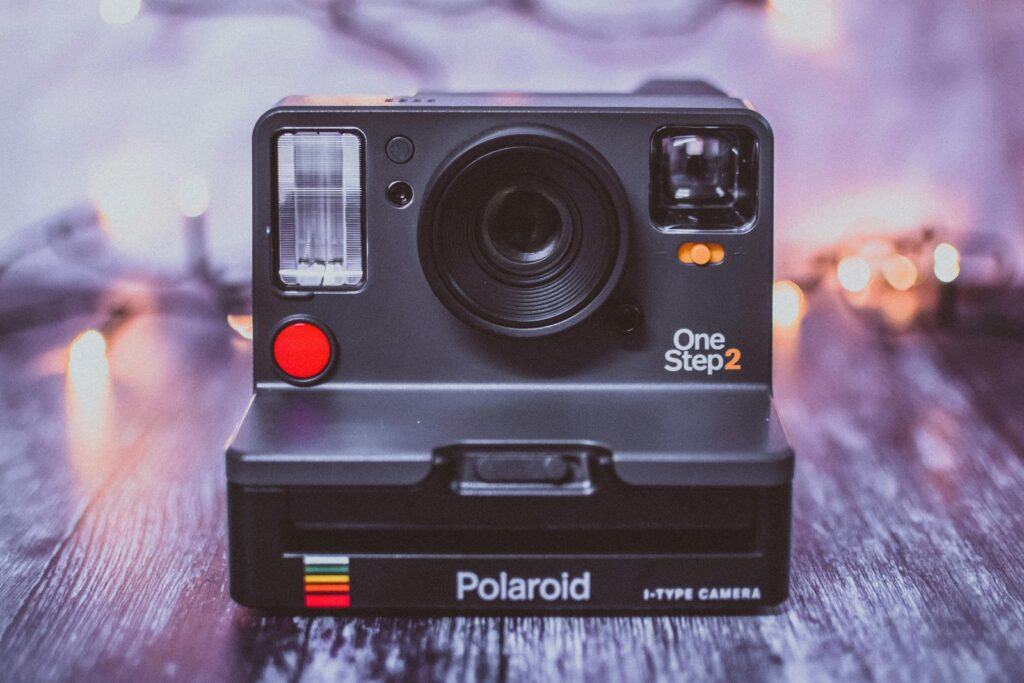
Although the Polaroid camera existed before the digital photography revolution, they remain a fan-favourite even today for their ability to produce instant images without the need for processing.
The Polaroid camera was invented by Edwin H. Land in 1948, and it quickly became a popular tool for capturing and sharing moments on the spot.
The Camera in Your Pocket
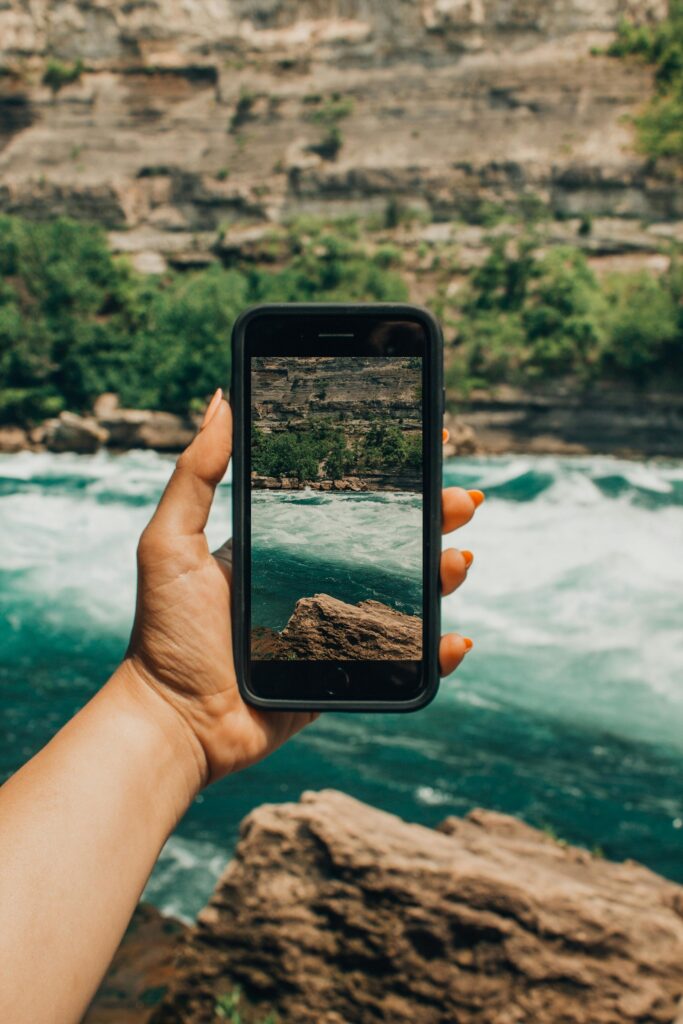
The dawn of the smartphone era put a high-quality camera in the hands of billions, further blurring the line between amateur and professional photography.
The term “selfie” was added to the dictionary, and Instagram made everyone a potential photography influencer.
Today, the camera in your pocket, equipped with AI that rivals professional editing suites, is a far cry from Niépce’s eight-hour exposures.
Digital Photography Cameras
Digital photography using a digital camera has also come along way, from only producing black and white photographs to now being able to record images in full colour, as well as capturing high definition video.
The use of digital cameras has become the norm in both professional and amateur photography, with new advancements in technology constantly pushing the boundaries of what is possible.
The History of photography: Timelapse
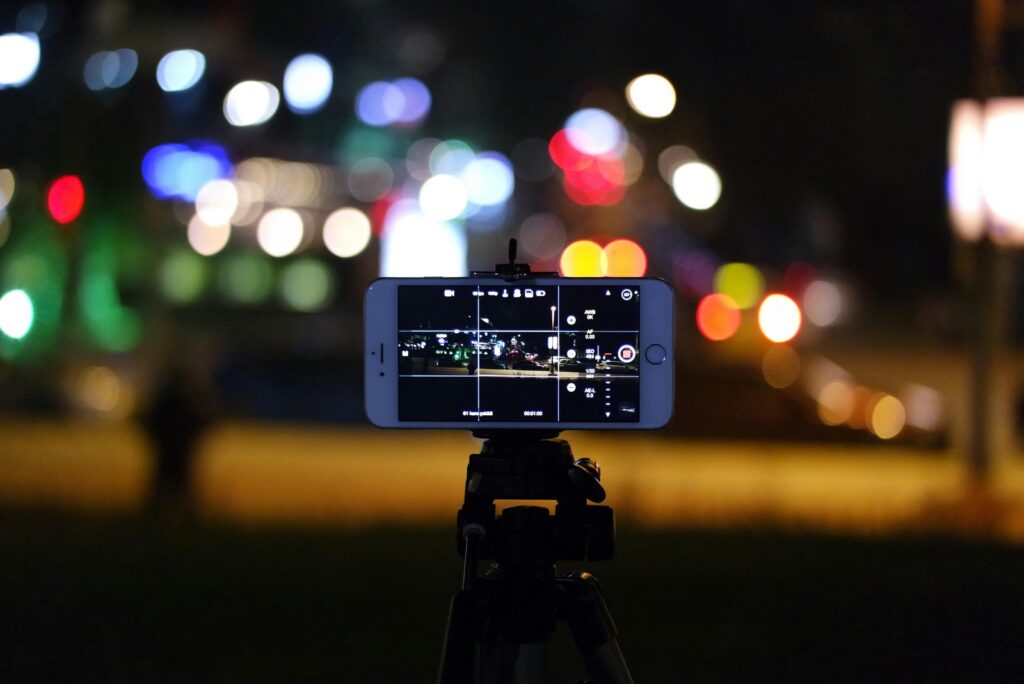
Time in Motion
Where photography captures moments, timelapse condenses time into a visual story.
British cinematographer Eadweard Muybridge is often credited with creating the first true timelapse sequences in the late 19th century.
His work to settle a bet regarding whether a galloping horse lifts all four hooves off the ground at once led to the invention of the Zoopraxiscope—projecting images in sequential phases of movement.
The Technological Leap
The advent of digital photography and the proliferation of video editing software made timelapse more than just a passing curiosity.
It became a powerful tool in cinematography, used to capture the subtle dance of light and shadow through a day or the dramatic sweep of the stars across the night sky.
Bringing It Full Circle: The Intersection of Photography and Timelapse Today
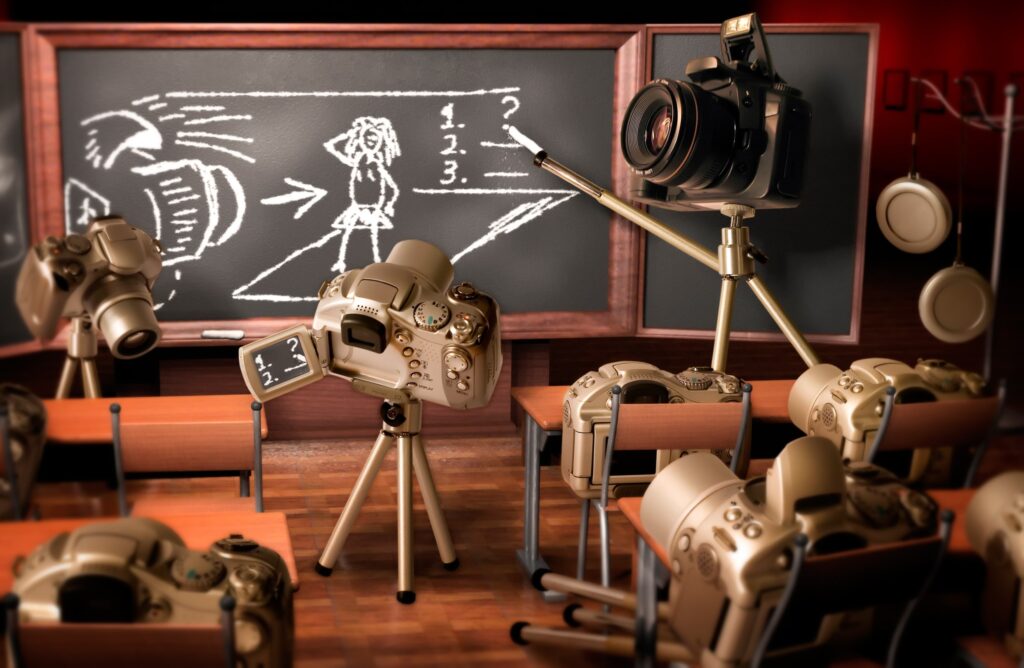
The Artistic and the Practical
The history of photography that once stood as a static art form, has evolved bringing with it, timelapse, which has added dynamic layers of expression.
Whether it’s to document construction projects, monitor environmental changes, or simply create stunning visual narratives, the applications of timelapse are as vast as they are creative.
The Professional and the Passionate
The modern photography we see today has brought an era has brought a shift in the photography industry, where adaptability and multi-disciplinary skills are king.
In this environment, understanding and leveraging the power of timelapse’s narrative complexity is not just a creative choice but a commercial one for many photographers and videographers.
Exposure Times
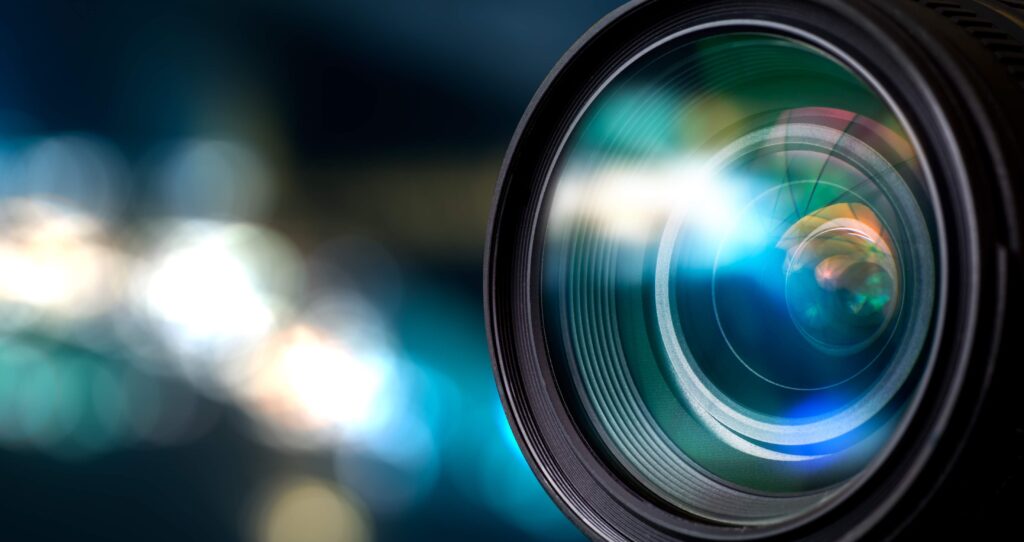
Photographic History has come a long way from its humble beginnings with Niépce’s experiments in light to the modern digital cameras that capture millions of pixels in a fraction of a second.
But no matter the advancements, photography will always rely on exposure time, whether it is eight hours or eight milliseconds, to create lasting images that tell stories and evoke emotions for generations to come.
The exposure time for a timelapse, on the other hand, can range from a few seconds to several hours, depending on the desired effect or story being told.
This allows for even more creativity and storytelling possibilities, giving photographers and videographers the power to capture time in a way that was never possible before.
A Picture of the Future: Creating Photographic History
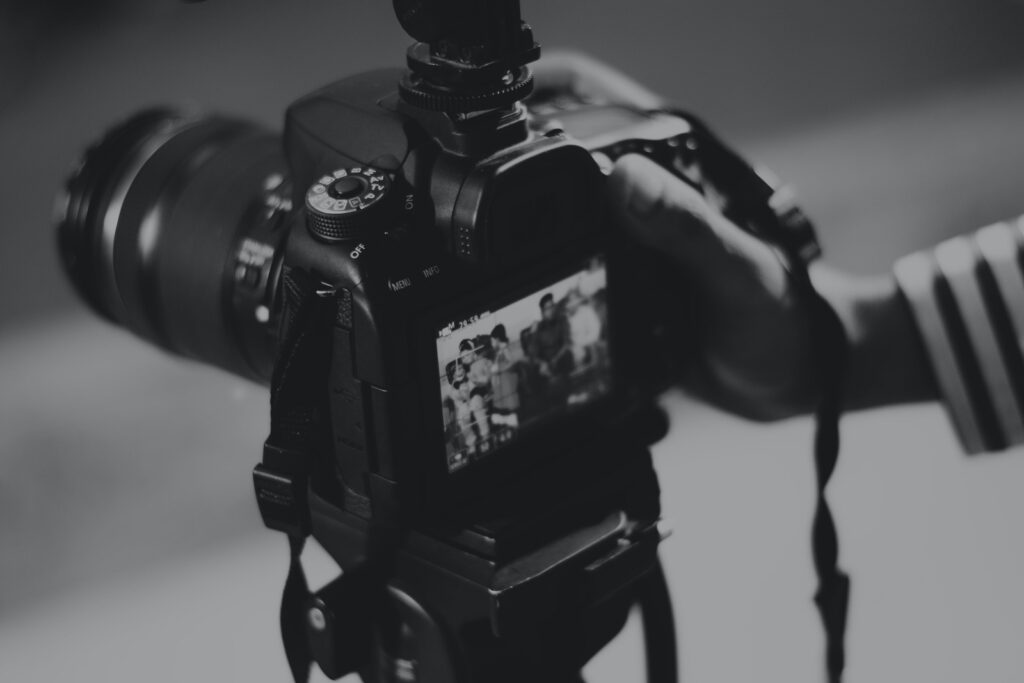
As we have seen the history of photography has has evolved in such a way that it has become ingrained in our daily lives, from capturing special moments to sharing them with the world.
It’s hard to imagine what advancements will come next, but one thing is for sure:
Photography and Timelapse will continue to be integral parts of how we connect and document the world around us creating photographic history.
Whether it’s through virtual and augmented reality, or new technologies yet to be invented, the future of photography holds endless possibilities for creative expression and capturing moments in time.
Conclusion
The history of photography is a beautiful and constantly evolving tale of innovation, creativity, and storytelling with things such as camera obscura still being used today.
From its humble beginnings to the digital age of instant gratification, photography has continuously challenged us to see the world in new ways and capture it for generations to come.
With timelapse becoming an integral part of this history, we can only imagine what new possibilities will emerge in the future as technology and art continue to intertwine.
So, keep exploring, experimenting, and capturing moments in time – you never know where your photos or timelapses will end up in the ever-growing history of photography.
FAQs:
- When was time-lapse invented?
The first true time-lapse sequences were created in the late 19th century by British cinematographer Eadweard Muybridge.
- How has digital photography changed the industry?
Digital photography has revolutionized the industry by providing instant results and the ability to manipulate images with ease, making it accessible to everyone.
- What is the difference between exposure times in timelapse and traditional photography?
While traditional photography relies on a single exposure time to capture an image, timelapse utilizes a series of exposures over an extended period to create a narrative or show the passage of time.
- Who pioneered time-lapse photography?
Eadweard Muybridge is credited with creating the first true time-lapse sequences in the late 19th century. However, others, including Georges Méliès and F.
Percy Smith also made significant contributions to its development.
- What is the longest time-lapse ever?
The longest time-lapse ever recorded was created by artist and filmmaker Colin Legg, who captured 40 days of the Australian sky in a single video.
It consisted of over 74,000 images taken every minute for 24 hours each day.
- What is the purpose of time-lapse?
Time-lapse is used for various purposes, including capturing the passage of time in nature or urban landscapes, documenting construction projects or environmental changes, and creating cinematic visual narratives.
- What was the first photograph in history?
The first photograph in history was taken by Joseph Nicéphore Niépce in 1826, using a camera obscura and a bitumen-coated plate.
The image captured the view from his window at Le Gras.
- What is the oldest picture of a person?
The oldest picture of a person is believed to be “Boulevard du Temple” by Louis Daguerre, taken in 1838.
It captures an empty Paris street except for one man standing still long enough to appear in the photograph. This was due to the long exposure time needed for early photography.
Pingback: Will AI Replace Photographers? Exploring the Future of Photography - Pro-Lapse